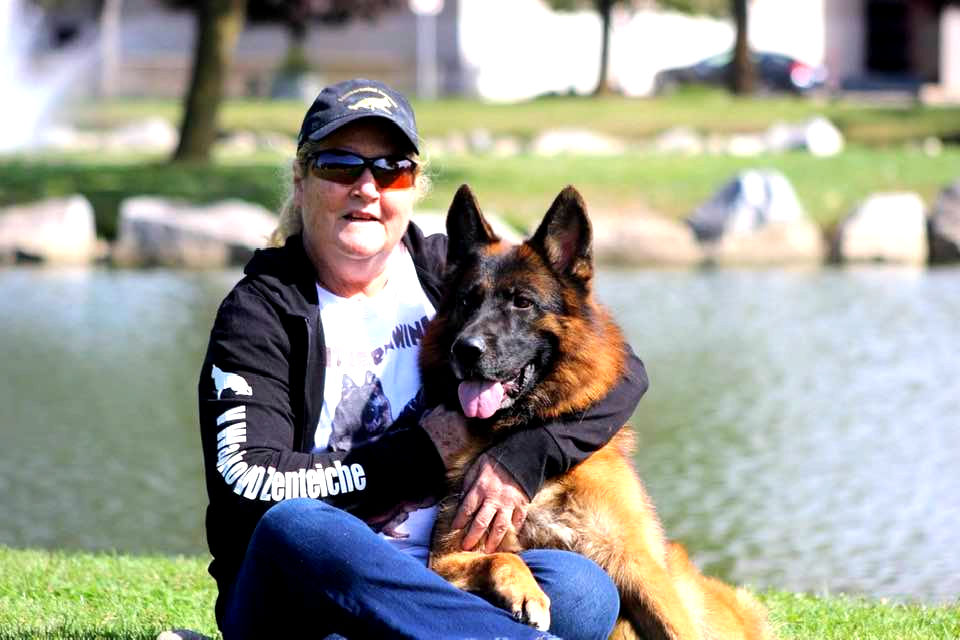The Invisible Puppy Language: How to Read Your Dog’s Silent Signals
- Maria Cecilia Martinez
- Aug 13
- 2 min read
Written by Cecilia Martinez- Southernwind Kennels in Brooksville
Before a puppy barks, growls, or whines, they’ve already spoken volumes — not with sound, but with silent signals. Understanding these micro-expressions can transform your relationship, help you anticipate your puppy’s needs, and prevent behavioral issues before they start. At Southernwind Kennels, we’ve seen firsthand how learning this language creates confident, well-adjusted dogs.

What is the Invisible Puppy Language?
Dogs communicate primarily through body language, not words. This “invisible language” includes subtle cues you might miss if you’re not watching closely:
A twitch of the tail tip
A slight shift in ear position
A gentle paw lift
Each of these movements carries meaning — excitement, uncertainty, caution, or relaxation.
Common Puppy Micro-Signals and Their Meanings
- The Tail Tip Twitch- A quick flick of the tail tip can indicate alertness or mild agitation. A slow wag may show contentment.

- Ear Shifts- Ears forward usually signal curiosity, while ears slightly back can indicate uncertainty or caution.
- Paw Lifts- A lifted paw often means your puppy is hesitant or curious, especially in new situations.
- Lip Licks & Yawns- Fast lip licks are often signs of stress, while yawns (in a non-tired puppy) may be a way to calm themselves.
- Slow Blinks- A soft, slow blink is a sign of trust and relaxation — much like a smile from a friend.
Why Learning This Language Matters
Reading your puppy’s micro-signals allows you to:
Prevent problem behaviors before they escalate.
Build trust by responding appropriately.
Reduce stress in training and new environments.
Strengthen your bond through mutual understanding.
At Southernwind Kennels, we integrate this skill into our puppy development programs, ensuring our puppies grow up with owners who “speak their language.”

How to Improve Your Puppy Communication Skills
Observe daily — Watch your puppy in different situations and note recurring body cues.
Respond calmly — If you notice stress signals, remove the trigger or redirect attention.
Reward relaxation — Reinforce calm behaviors to make them more frequent.
Avoid overloading — Too much stimulation can create confusion or anxiety.
Train with empathy — Use positive reinforcement while respecting your puppy’s comfort zone.
Final Thoughts
The invisible puppy language is the key to deeper connection and better training. Once you start noticing these micro-signals, you’ll feel as if your dog has been talking to you all along.
At Southernwind Kennels, we don’t just raise puppies — we teach owners how to understand them. If you’re ready for a puppy that comes with a lifetime of breeder support and expert guidance, contact us today.

Links to find more information-







Comments